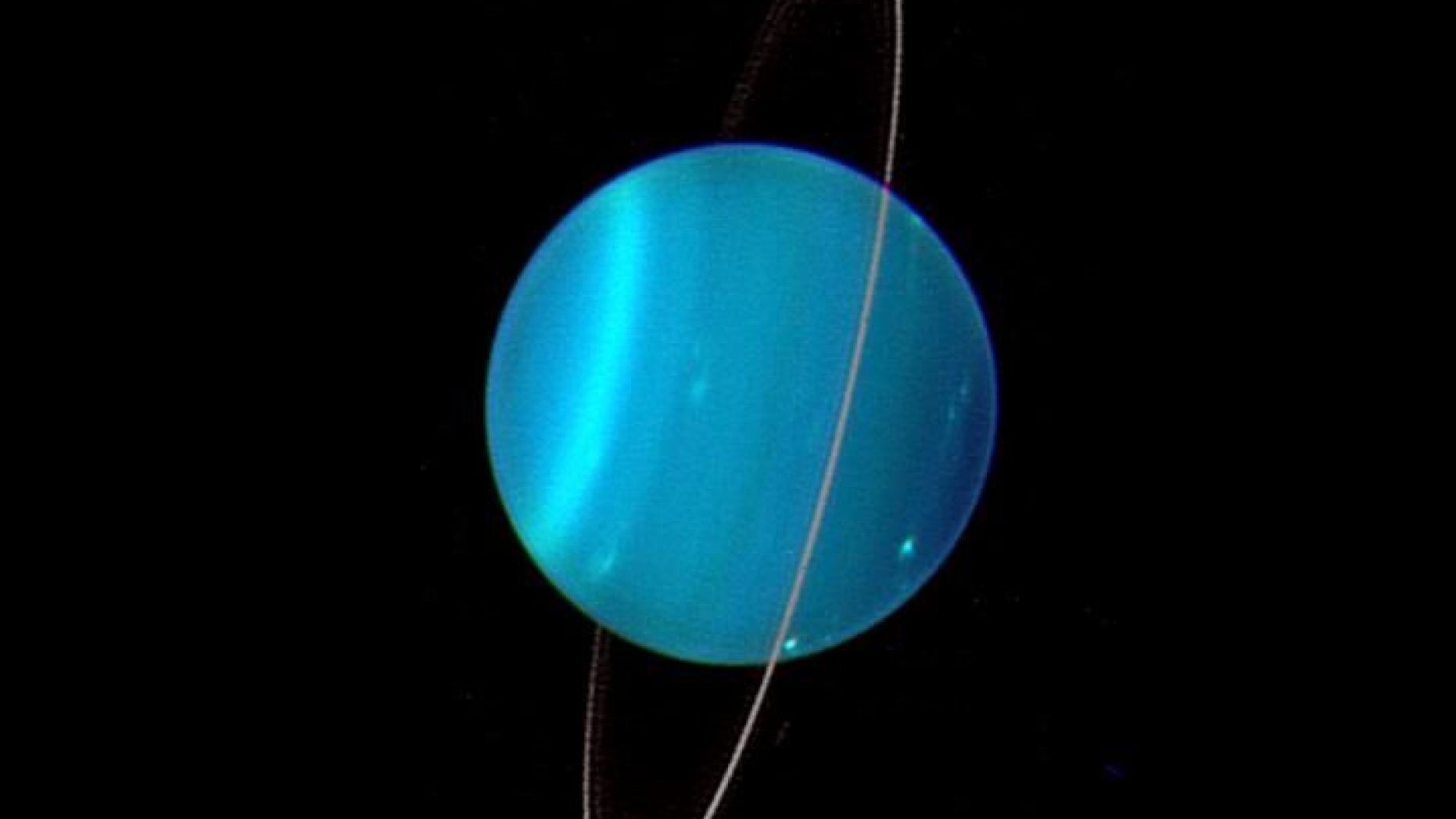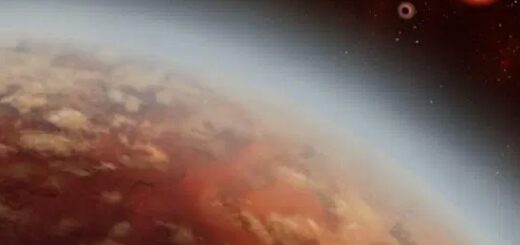Scientists believe they discovered the ‘smoking gun’ that changed Uranus forever

Uranus was hit by a mysterious space object shortly after the planet formed, causing it to tilt approximately 98 degrees, compared to the plane of the Solar System. Now, researchers believe they have discovered what impacted the ice giant.
The research, published in Nature Astronomy, suggests that the collision came from “a small icy planet – roughly 1-3 times the mass of the Earth,” described as a “smoking gun” by a statement accompanying the research.
“Because the vaporization temperature of water ice is low and both Uranus and the impactor are assumed to be ice-dominated, we can conclude that the impact-generated disk has mostly vaporized,” researchers wrote in the study. “We predict that the disk lost a substantial amount of water vapor mass and spread to the levels of the current system until the disk cooled down enough for ice condensation and accretion of icy particles to begin.”
They continued: “From the predicted distribution of condensed ices, our N-body simulation is able to reproduce the observed mass–orbit configuration of Uranian satellites. This scenario contrasts with the giant impact model for the Earth’s Moon, in which about half of the compact, impact-generated, solid or liquid disk is immediately incorporated into the Moon on impact.”
The study also notes that impacts in the outer regions of the Solar System impact differently than those that are closer to the Sun.
Not only was Uranus’ rotation significantly altered by the long-ago collision, but its ring system and the orbit of its 27 known moons were also changed.
It’s also believed the collision caused Uranus to have a “rapid rotation,” as it spins around its axis once every 17 hours, compared to 24 hours for Earth.
“This model is the first to explain the configuration of Uranus’ moon system, and it may help explain the configurations of other icy planets in our Solar System such as Neptune,” the study’s lead author, Shigeru Ida, said in a statement.
“Beyond this, astronomers have now discovered thousands of planets around other stars, so-called exoplanets, and observations suggest that many of the newly discovered planets known as super-Earths in exoplanetary systems may consist largely of water ice and this model can also be applied to these planets,” Ida added.
HOW THE SOLAR SYSTEM FOUND
In April 2019, NASA announced that nearly 30 years after it sent a spacecraft to Uranus and Neptune, it’s looking to go back.
One month prior, scientists at NASA JPL proposed a mission that would explore Neptune’s largest moon, Triton, which some have theorized could have an ocean hiding underneath its surface.
Uranus and Neptune are relatively unexplored, despite the fact that Voyager 2 snapped photos of both planets in 1986 and 1989, respectively.



 Creators of mankind
Creators of mankind Description of “Tall white aliens”
Description of “Tall white aliens” Where they came from?
Where they came from? About hostile civilizations
About hostile civilizations The war for the Earth
The war for the Earth “Tall white aliens” about eternal life
“Tall white aliens” about eternal life Video: “Nordic aliens”
Video: “Nordic aliens” Aliens
Aliens Alien encounters
Alien encounters The aliens base
The aliens base UFO
UFO Technology UFO
Technology UFO Underground civilization
Underground civilization Ancient alien artifacts
Ancient alien artifacts Military and UFO
Military and UFO Mysteries and hypotheses
Mysteries and hypotheses Scientific facts
Scientific facts


















